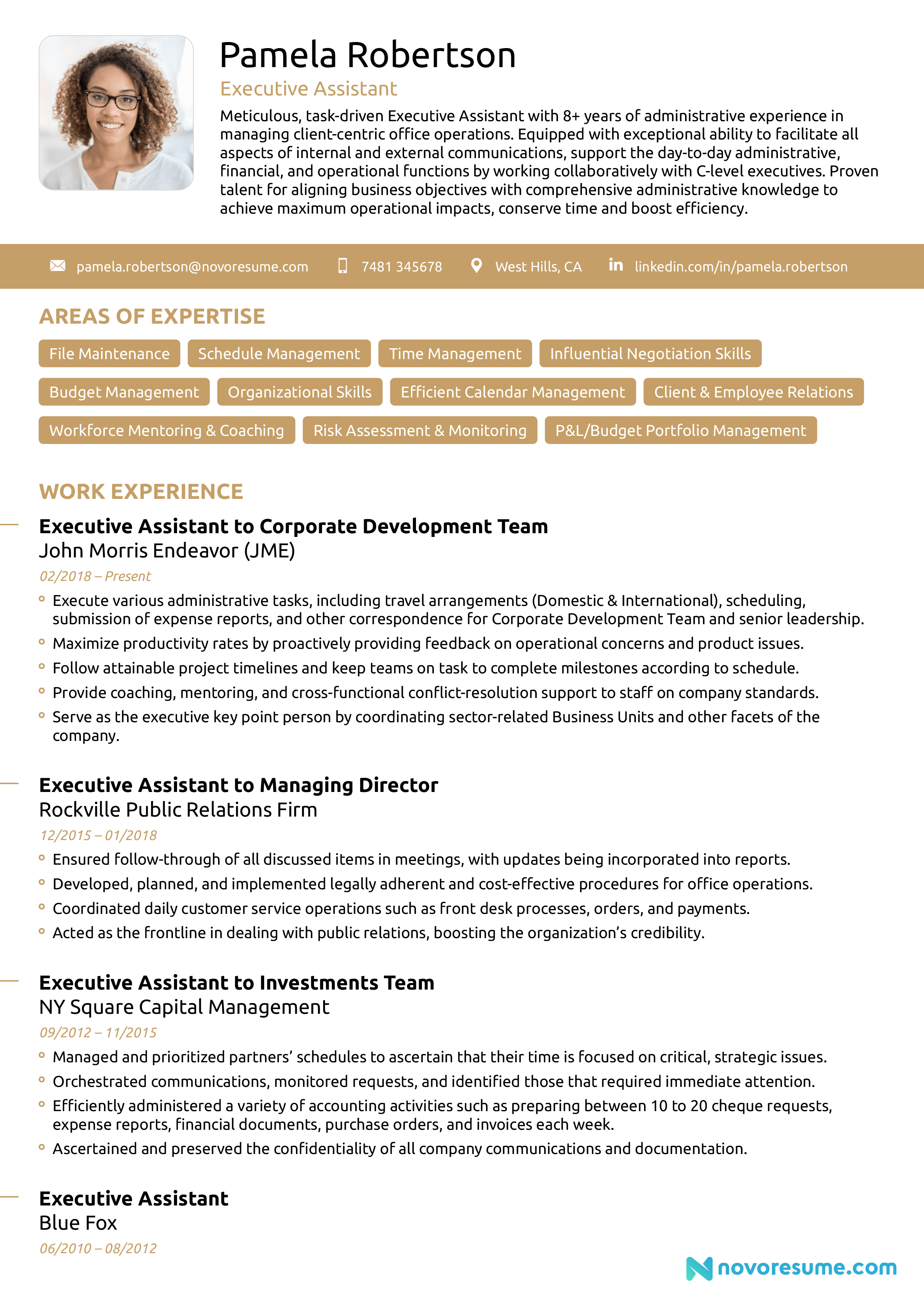


Production designer is not typically an entry-level position.
checking sets and locations during filming to make sure requirements are met and to deal with any queries. attending progress meetings, rehearsals and filming to advise on visual presentation. liaising with the costume designer and the director of photography, as well as the props, lighting and sound directors. instructing the set construction company, scenic artists and special effects specialists and monitoring their work. hiring and managing an art department team or teams (depending on the size of the production). researching, estimating and preparing a property list. presenting ideas to others involved in the production, such as actors and camera operators. sourcing appropriate materials and researching effects. identifying and assessing potential studios and locations. producing design ideas for costumes, wigs, props, special effects, make-up and graphics. providing scale drawings or models for studio or theatre sets. planning and monitoring the design budget. researching art history, background politics, historical information and producing design ideas. meeting the producer and director to discuss concepts and production requirements. considering the production brief, which may be written or given orally. reading scripts to identify factors indicating a particular visual style. Most production designers work as freelancers and so an important part of their work is marketing their skills and experience, making contacts and briefing agents.įirst tasks usually include clarifying the brief and agreeing a suitable fee and timescale, which is sometimes done by an agent. In the theatre, production designers are also called stage or set designers. They often form a strong partnership with a particular director, who they'll then work with on many productions.ĭesigners tend to specialise in film, television, or theatre, although there is some overlap. Once the concept is decided, designers usually appoint and manage an art department, which includes a design and construction team. They identify a design style for sets, locations, graphics, props, lighting, camera angles and costumes, while working closely with the director and producer. 
Production designers are responsible for the visual concept of a film, television or theatre production. If that makes sense.Īnyway brilliant job, keep it up devteam.You'll need to be a creative powerhouse to succeed as a production designer, with a flair for visual arts that sets you apart from the rest But when it’s done in a way where it naturally catches your eye in an ordered fashion, with no giant flash, your grasp where it’s going. I was getting sick of the standard “flash” when clicking things during my recorded screencasts from a visual perceptive standpoint the standard area “flash” animating a mouse click does nothing as far as leading the mind to learn. You can make it subtle, and alter the transparency, or go all out and make it garish. I love how you have actual options as far as cursor looks go, and the options are realistic and applicable, especially for those working with tech. Ive used it to make instructional videos and its PERFECT being able to modify the visual impact of an actual mouse click is just perfect, especially how the devs did it here.

I’ve used it for bug reporting and it’s beautiful. or for those who are visually impaired, or need help viewing a cursor!








 0 kommentar(er)
0 kommentar(er)
